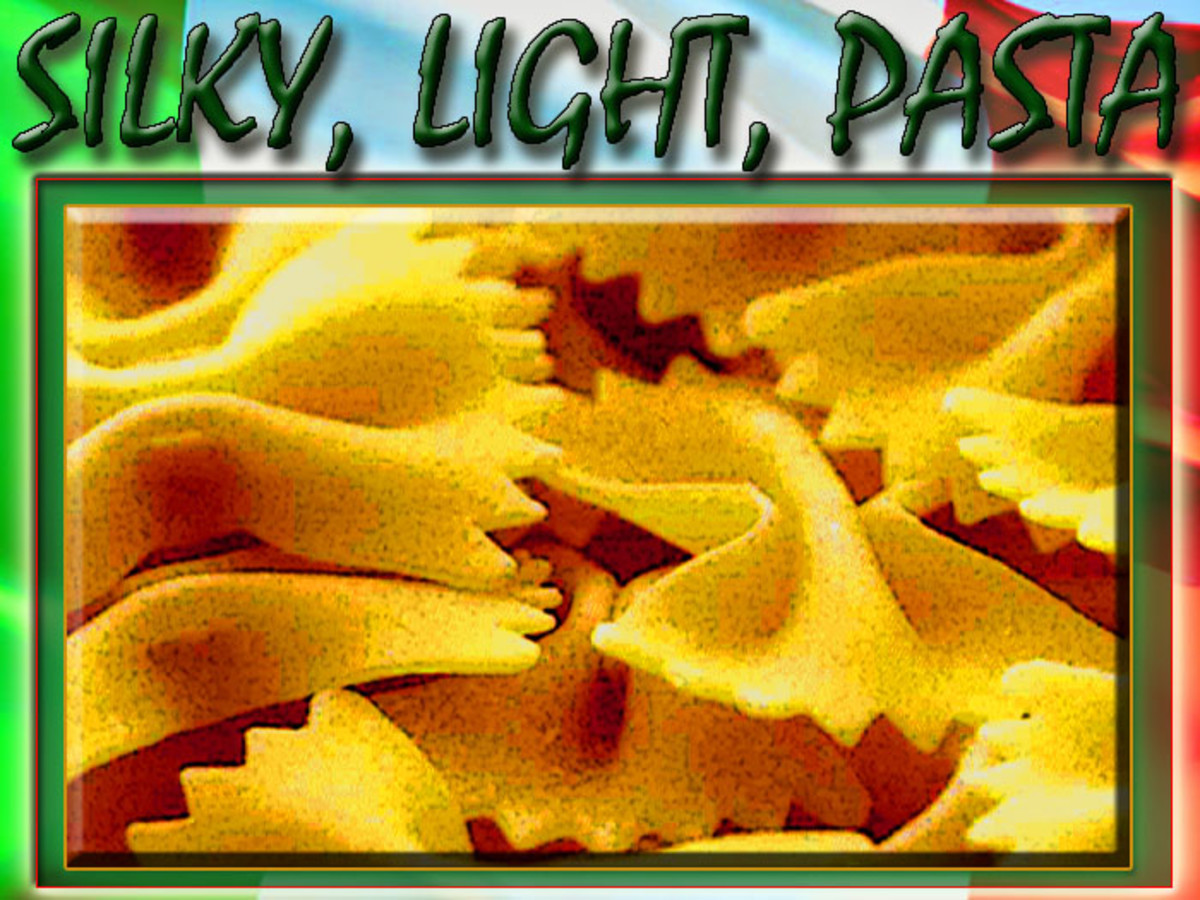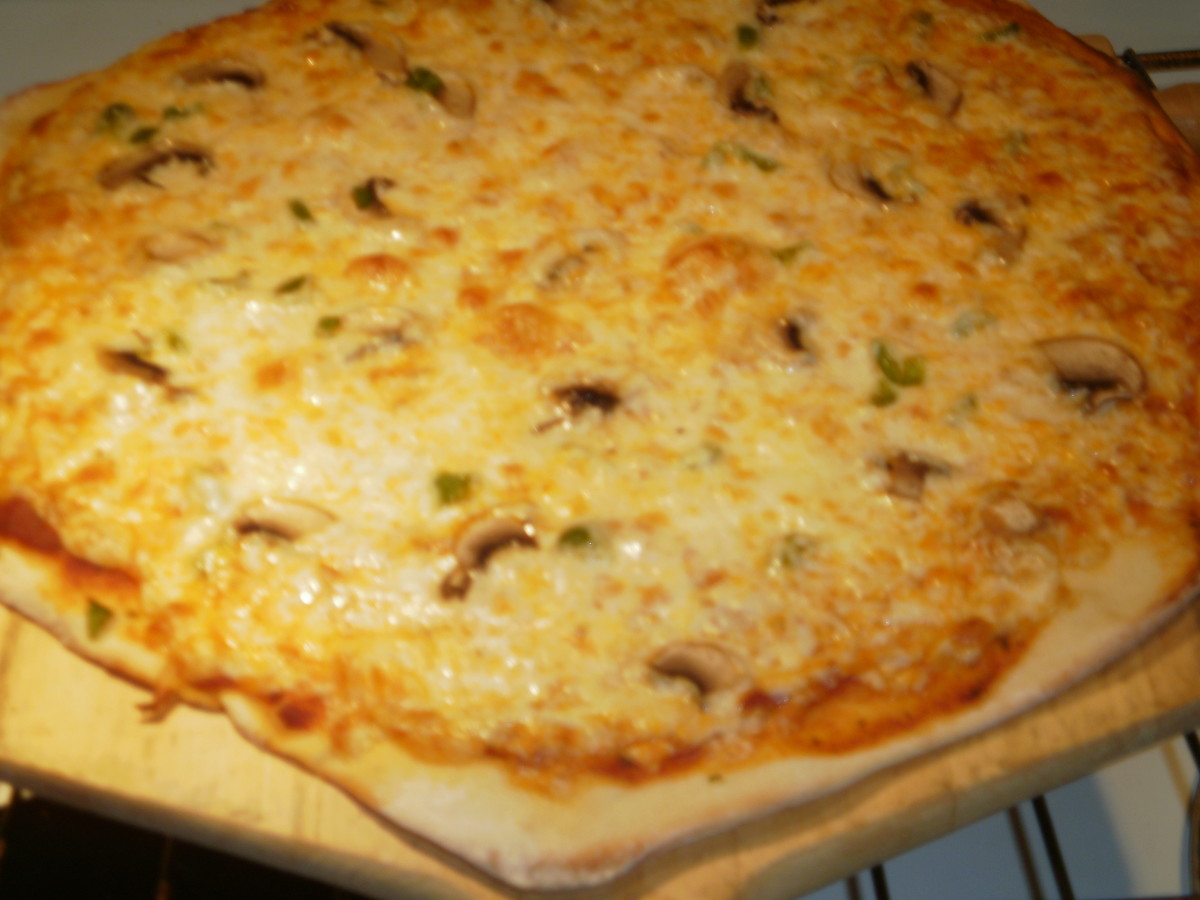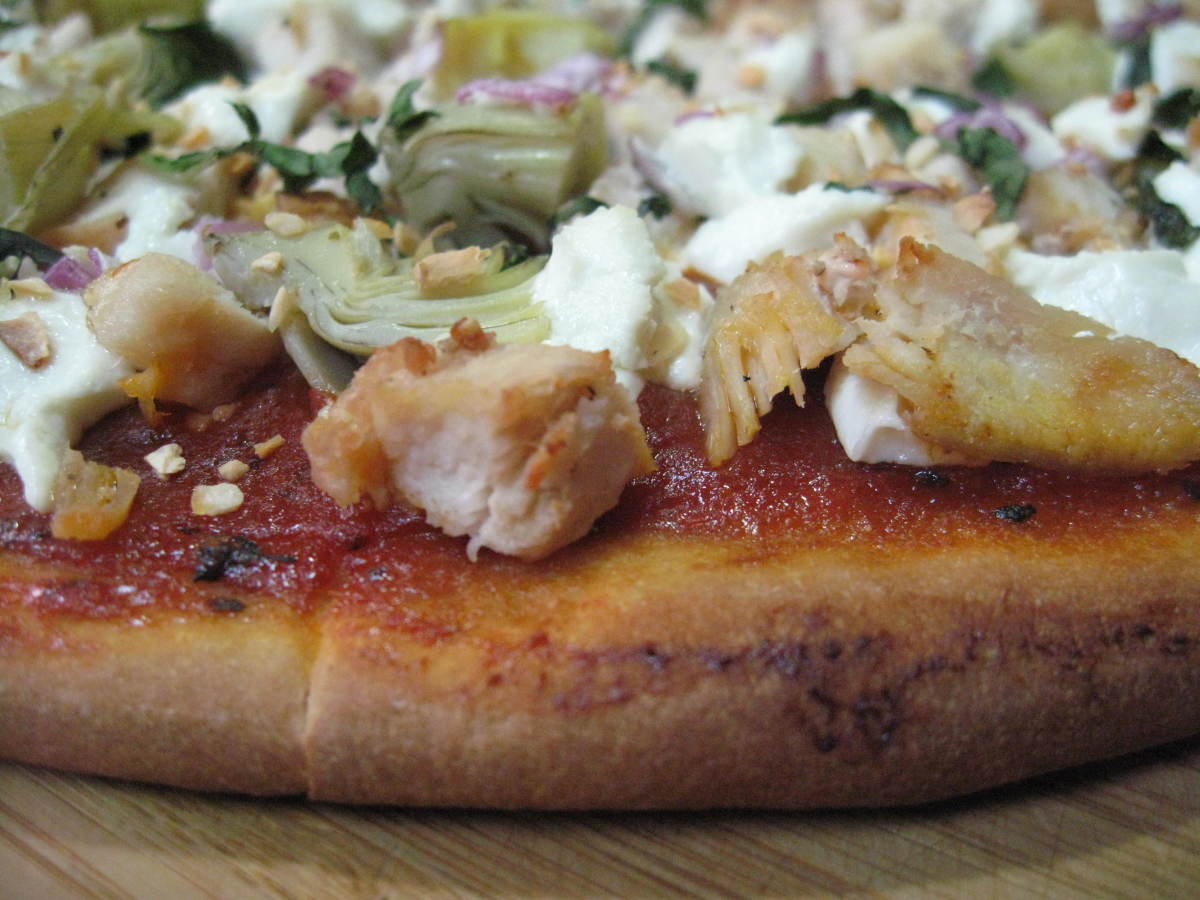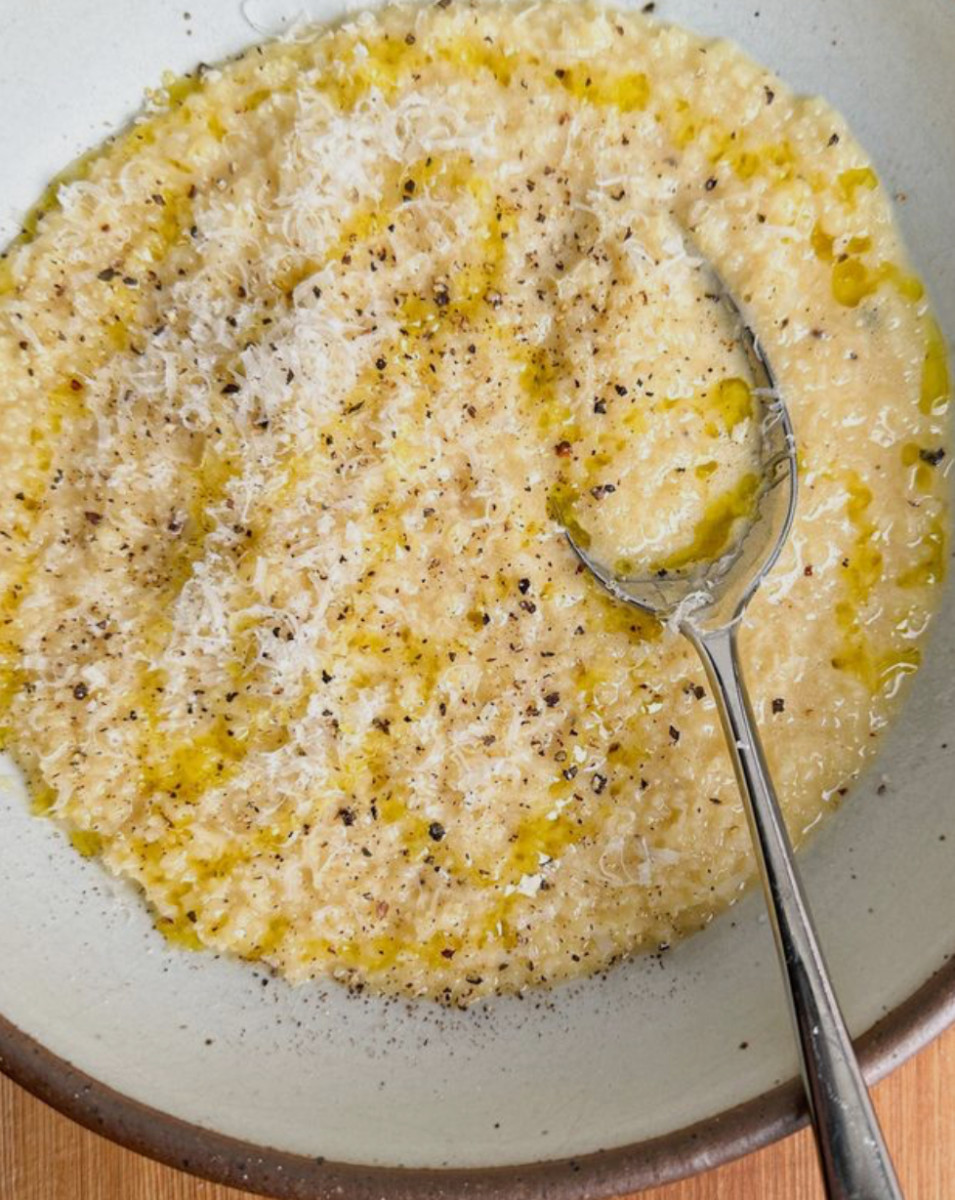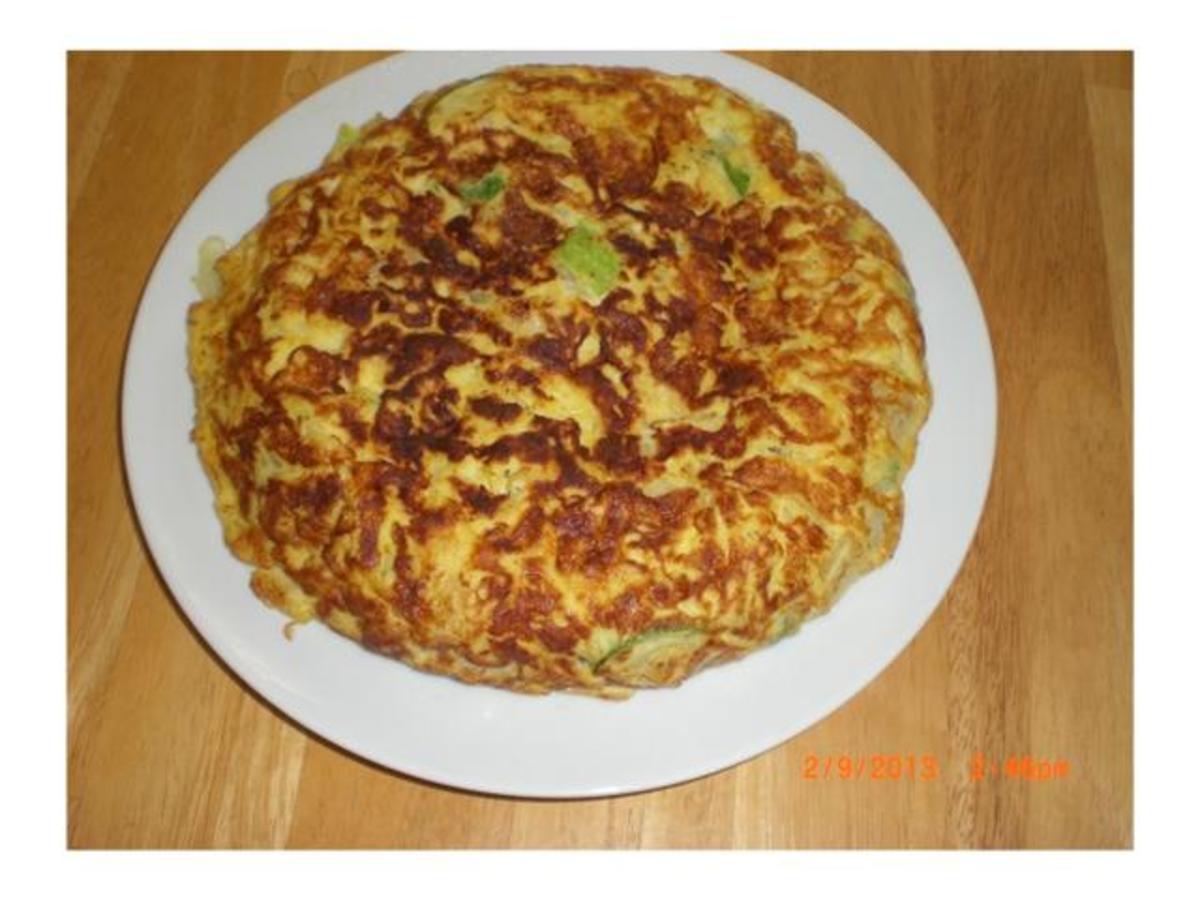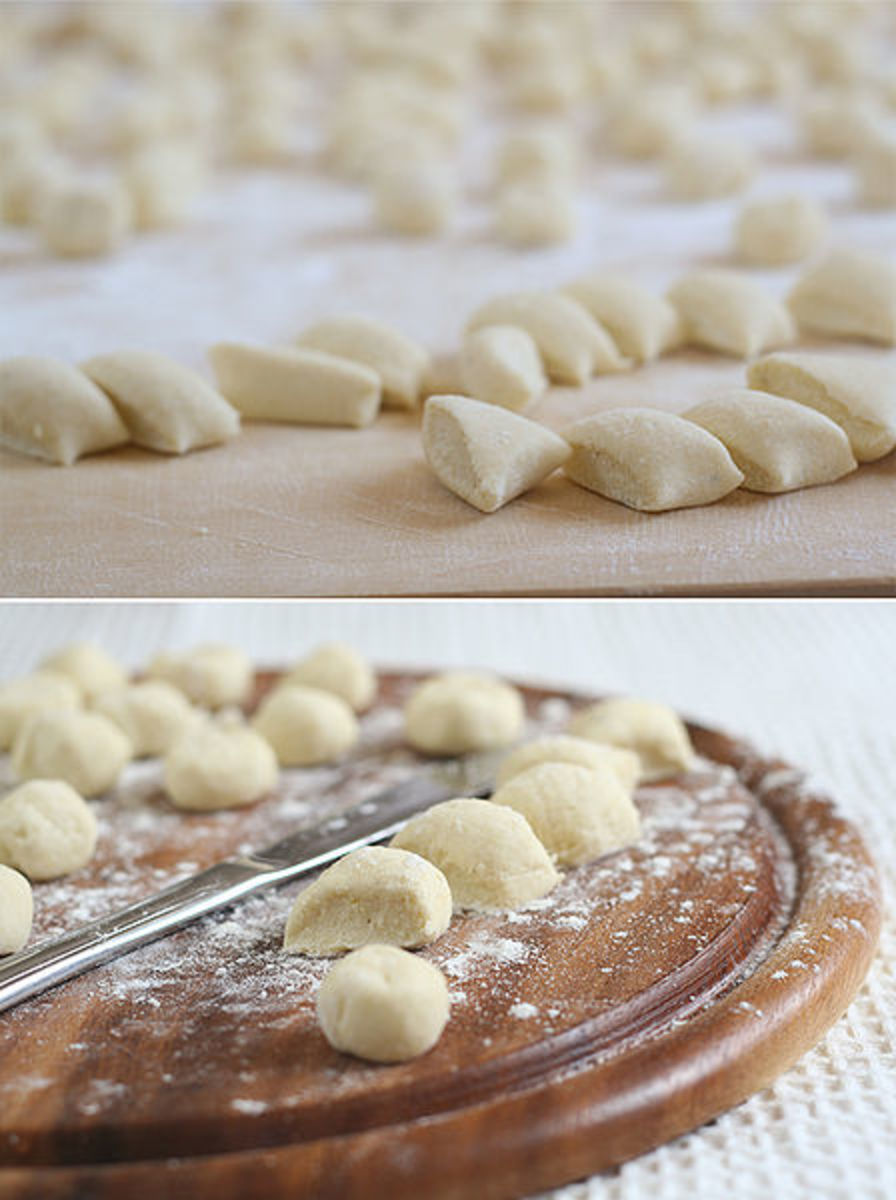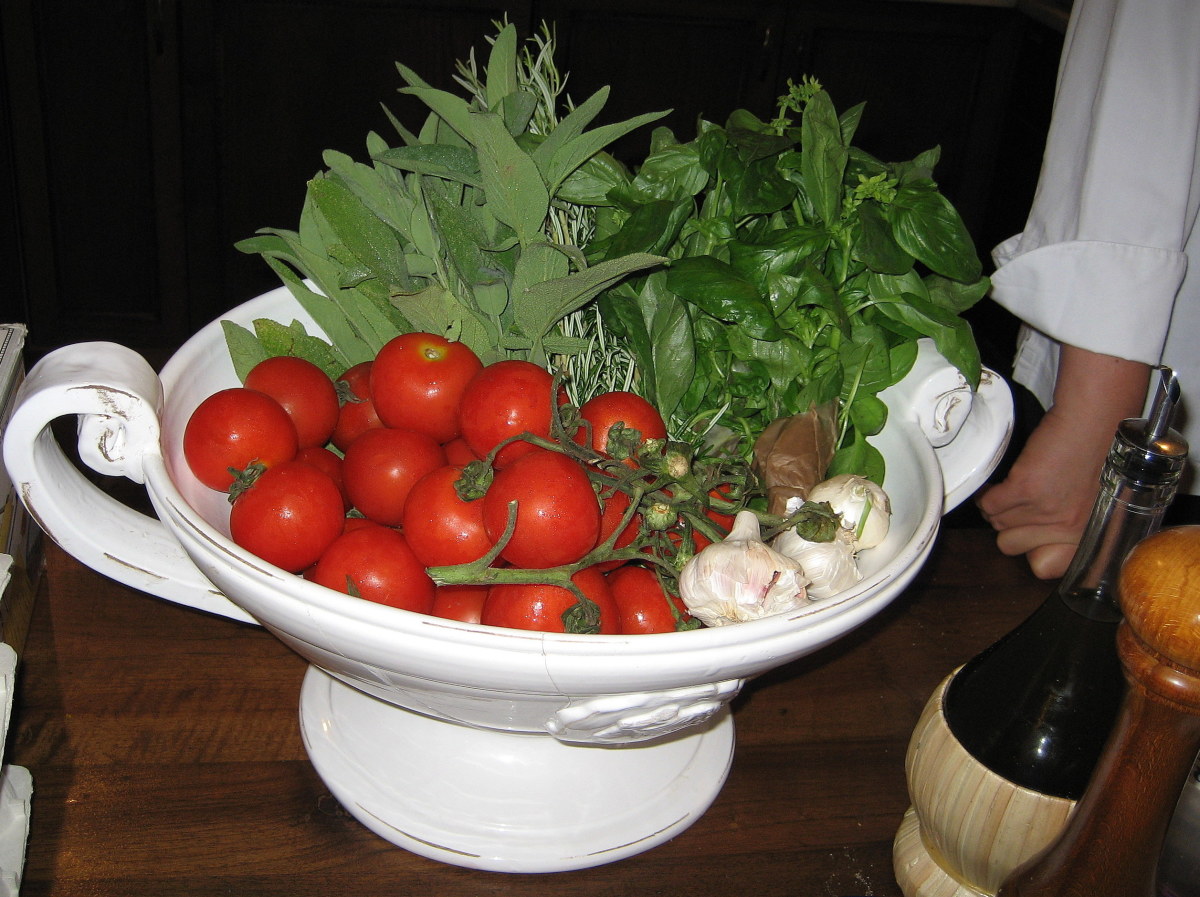- HubPages»
- Food and Cooking»
- World Cuisines»
- Southern European Cuisine
The secrets of fresh homemade pasta
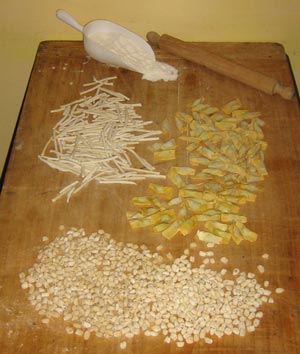
THE Egg Pasta
If you want to prepare homemade pasta than is better to choose the "pasta all'uovo" (the pasta made with eggs).
Depending on the type of pasta you want to make, vary the composition of: Crucial is also the quality of the flour and ratio between the egg white / yolk or water / egg.
In the paste normally you have not to put the salt, because it leaves white spots. For those who want to put salt in the paste it's recommended the iodized fine salt. Also important is that all the ingredients for the dough are well-tempered, to amalgamate all the best elements quickly and effortlessly and get a smooth and homogeneous mixture. Eggs should not be taken directly from the refrigerator. For the meal: It is recommended to use the wheat flour and not the soft 00 semolina durum wheat flour that is the one with the largest grain.
Now we present 3 different mixes that you can follow to achieve what you most want:
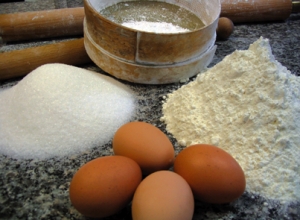
Mixing N° 1
Ideal for most types of pasta. It's suitable for the pastato be cuted and the pasta to be the stuffed.
300 g. of wheat flour soft 00
3 eggs, 1 tablespoon oil
1 / 2 teaspoon salt,
1 tablespoon of water according to the occurrence.
Mixing N° 2
Ideal for stuffed pasta for example ravioli, agnolotti, tortellini, etc.
300 g. durum wheat semolina
2 eggs
4 egg yolks
1 / 3 teaspoon of salt, water
1 tablespoon occurrence.
Mixing N° 3
Dough with particular flavor cause the use of many egg yolks. During the cooking it grows well in volume. Especially suitable for noodles, fettuccine and other pastas like.
300 g. of wheat flour soft 00
1 egg,
7 egg yolks,
1 tablespoon oil
1 / 2 teaspoon salt,
1 tablespoon of water according to the occurrence.

Prepare the dough as you want how is explained below
1) Sieve the flour as a fountain on the working plan, added at the center the eggs and oil and salt.

2) Beat the ingredients in the pit using a fork or spoon. Then embed a bit of flour from the inner edge.

3) With a circular motion try to incorporate more flour from the edges until the center has not formed a thick paste

4) With both hands distribute the flour evenly over the edge of the dough by working from the outside inwards. Continue taking care that nothing comes out.

5) First push the flour under the dough and then incorporate it with the hands completely.

6) If this operation were to prove difficult, add a little water to absorb all the flour and then press it with the two inches.

7) Fold the dough vigorously and incorporate the remaining flour using both hands.

8) Only now will start mixing. Pull the dough with the palm of your hand, fold and turn.

9) Tray to make with the dough a smooth and compact ball and wrap it in a sheet of transparent film. Leave it to rest in a cool place for about 1 hour.
Cut The Pasta
The fresh pasta you just prepare can now be cut by hand using a knife or with the machine to cut the pasta. The most important thing is to b cut the pasta into a uniform way, if the thickness is different points of cooking is different and this will ruin the flavor. If you cut with the machine this problem does not exist, but if you do it by hand you must be careful that the paste is smoothed with a uniform thickness and cut with the same width.To cut Is suitable a long and sharp knife with the blade thickness and not too wide. The work plan is a more appropriate wood table or plastic, marble and other materiel of modern kitchens are too harsh and damaging to the blades of the knives. The machine leaves very little room for your creativity, but guarantees a perfect result.

WITH THE KNIFE
1) Roll out the dough on the work plan and roll out evenly in both directions. Sprinkle with the flour so the dough is not sticking.

2) Fold the dough into a strip with three layers. For the pappardelle and lasagnette cut into strips of 1.5 to 2 cm wide and open them now to prevent it sticking.

WITH THE MACHINE
1) Pull the strips of pastry many time in the machine and narrowing more and more the rollers to obtain the desired thickness.

2) Cut the noodles or fettuccine with the adapter from 5 mm and 6 to 8mm. If not cooked immediately, store them after having turned in lighter nests.

3) Drain the pasta: use if you have the "draining-pasta" or can be easily built with wooden spoons hanging on the handle the fresh pasta.



